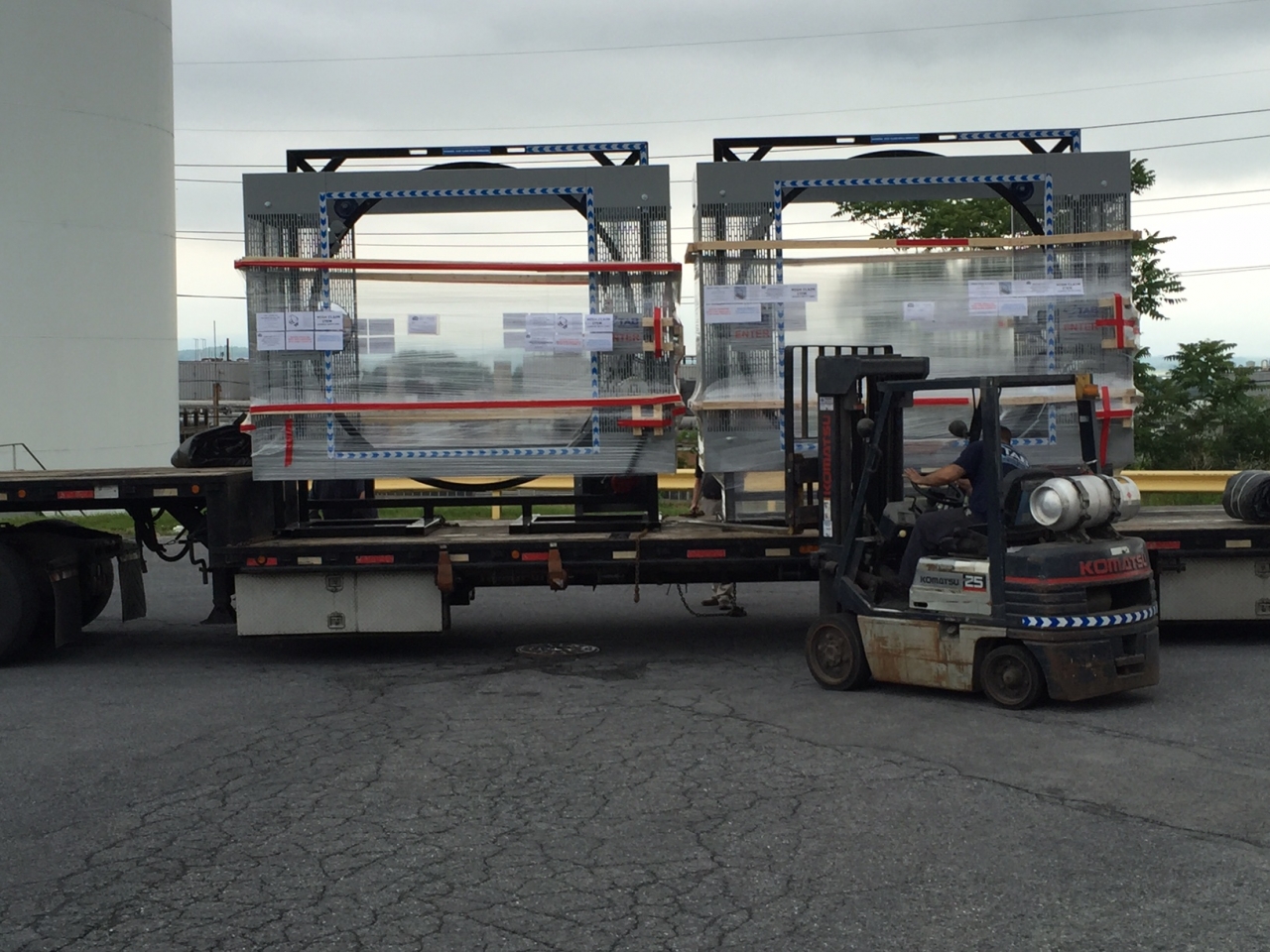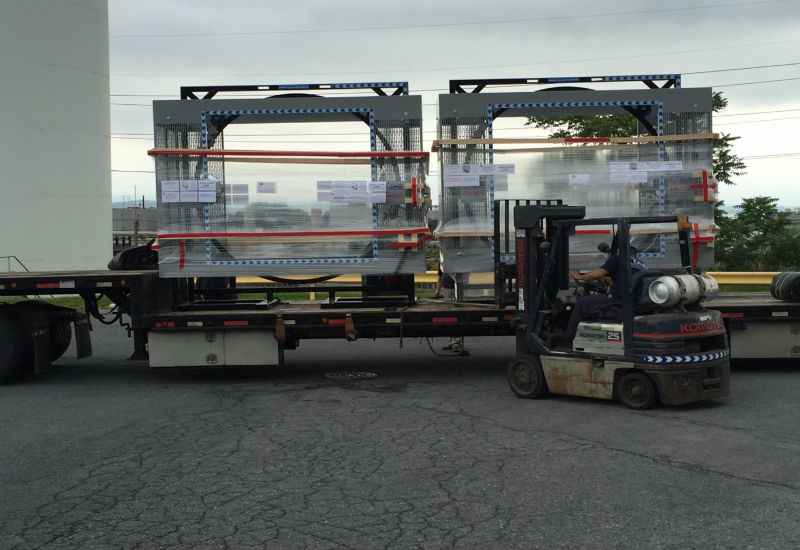Throughout time, humans have looked for ways to effectively preserve food. In the past, it was through pickling, canning, and processing, but today’s consumers are looking for food that is fresh, has a long shelf-life and is free from chemical preservatives and additives.
While no packaging is able to stop food from spoiling over time, modified atmosphere packaging or MAP is a safe, effective option for creating packaging that helps to preserve fresh items on the shelf. This is a common packaging option that is used in the United States as well as around the world. In fact, using MAP processes can actually help businesses to move into new markets, particularly in markets where there may not currently be the option to buy food fresh.
The Options
The choice of modified atmosphere packaging includes the use of specific types of gasses to flush the interior of the package combined with particular films that control the movement of air into or out of the packaging. This keeps the products from spoiling, resulting in longer shelf life and a more appealing looking product.
Some types of modified atmosphere packaging include the use of desiccant packs. These can be used to draw oxygen and moisture out of the air in the packaging, which limits the impact of these materials on the product.
For example, with fresh fruits and vegetables as well as with fresh or processed meats, the gas combination can be set to reduce discoloration and to retain the naturally brilliant and bright colors of the food item. This makes the food item more appealing and can help to boost sales.
In general, foods that need to be maintained to look fresh, to limit spoiling and to increase shelf life even if they are going to be maintained in refrigerated settings are good options for MAP.

